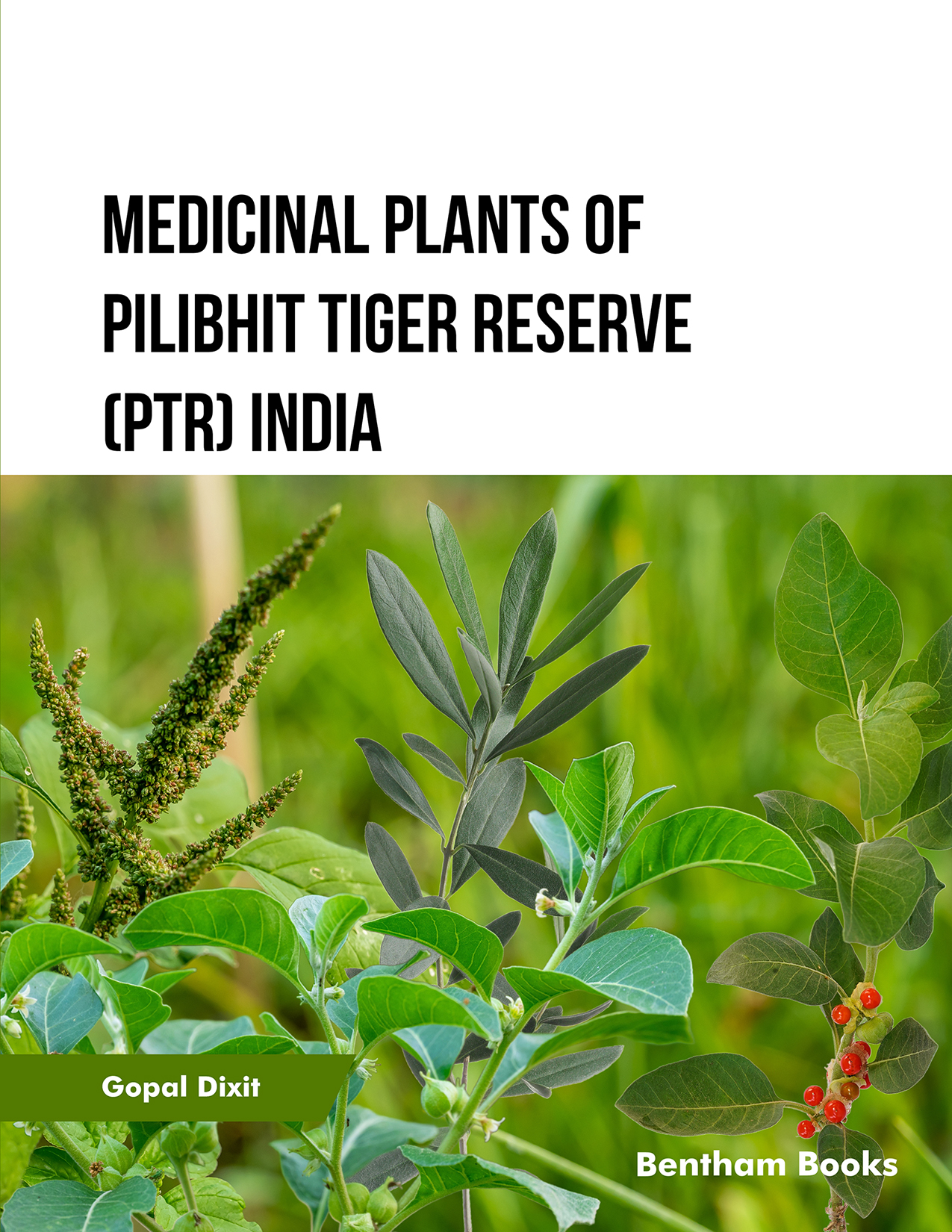Preface
The present manuscript in the form of a book is based on exhaustive field studies, surveys, questionnaires, and face-to-face interviews with certain ethical, rural people and herbal medical practitioners. These studies were carried out between 2015 to 2019 and covered the study area of the Indo-Nepal sub-Himalayan Terai International border region of Pilibhit Tiger Reserve (PTR), in Uttar Pradesh, India. In the present book, it has been discussed that 117 plants belonging to 44 families having medicinal value, are extensively used to treat more than 100 human and veterinary ailments . Few of these therapeutic practices are very new to the modern world, and most of these plants cure certain diseases in their daily life as these remedies are based on their generation’s long traditional practices and passed on from one generation to another. Most of the therapeutic uses were successfully established after repeated trial and error methods by their ancestors.
In this way, the present book is a documentation and compilation of the literature based on their traditional knowledge about the therapeutic practices in their day-to-day life. The main motto of preparing this book is to enlighten the generations with old traditional knowledge about wild plants and their every possible use in treating most diseases. It has been kept in mind while proceeding with the studies on medicinal plants that the administration of many wild plants must have a positive impact on human beings and a negative correlation with most common ailments to draw an exact inference about certain useful plants and their products for their possible commercialization. Several wild and some cultivated plants were collected and thoroughly studied with the help of available literature. In most studies, repeated and replicated questioning methods have been taken to draw a conclusion about claims related to them.
Completion of this book would not have been possible without the unconditional and continuous blessings of “THE ALMIGHTY” and my parents. We are also thankful to forest officials of Pilibhit Tiger Reserve of district Pilibhit, UP, India for their cooperation with prior permission during the field visits. The help rendered by tribal heads, herbalists, traditional medical practitioners, and other rural and ethnic people in searching for wild plants and their possible usage as medicines has also been thankfully acknowledged.
The approach of experienced tribal and rural persons living around PTR was very positive toward scientific exploration and documentation of the natural plant products used to treat most of their daily ailments. The help of young tribal people was praiseworthy in collecting wild plants from natural sources in the vicinity of dense forests. Collected plants were identified with the help of available literature and under the guidelines set by our teacher and renowned Taxonomist, late Professor (Dr.) S.C. Sharma.
Last but not least, error finding in the spellings of the content of this book done by our sons Master Astitva and Tishye Dixit is of great importance in the completion of this task in time.
Gopal Dixit
Department of Botany
Upadhi PG College
MJP Rohilkhand University
Pilibhit, India

